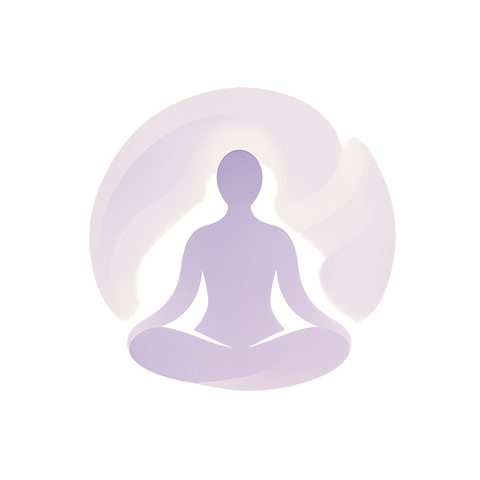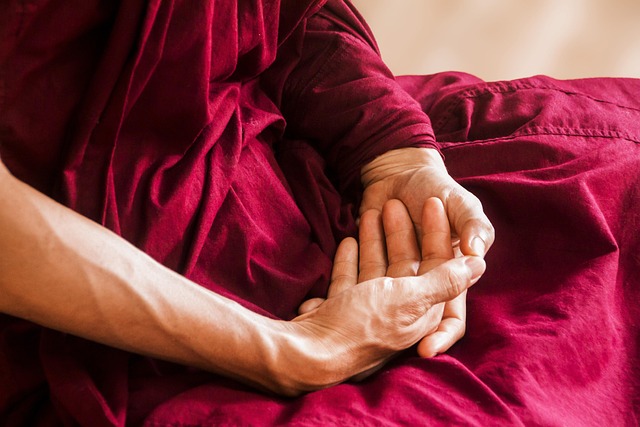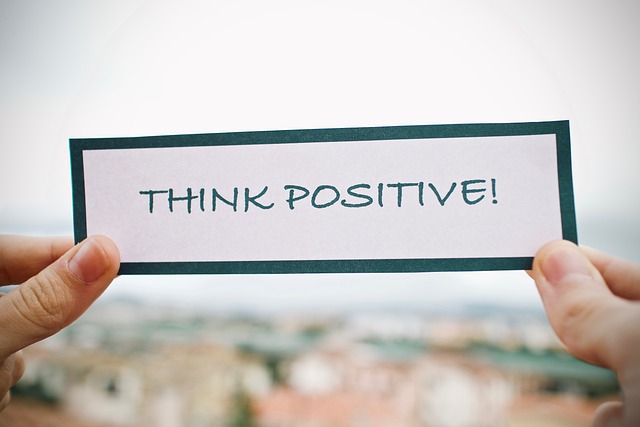In the gentle hush that follows a long day, there is a space that invites us to pause, breathe, and turn inward. This quiet reflection is more than a momentary escape; it is a practice that nourishes the soul, sharpens the mind, and restores the body. When we embrace this stillness, we create an environment where self‑education can flourish, where our understanding of beauty deepens beyond the surface, and where mental health is cultivated through mindful awareness.
Quiet Reflection: A Pathway to Inner Wisdom
The foundation of many meditation traditions is the concept of quiet reflection. It involves observing thoughts without judgment, allowing the mind to settle into a calm state. This state is fertile ground for inner dialogue, where questions about purpose, values, and identity can surface. By engaging in quiet reflection regularly, we build a resilient sense of self that is less swayed by external pressures.
- Enhances self‑awareness by revealing hidden patterns.
- Reduces anxiety by shifting focus from future worries to present awareness.
- Strengthens decision‑making through a clearer sense of priorities.
The Soul’s Language Through Stillness
When the mind quiets, the soul speaks in subtler tones—an intuitive understanding that transcends rational thought. This language of stillness can guide us toward authentic living, aligning our actions with our deepest values. A calm mind allows the soul to express itself in ways that resonate with our true essence, fostering a profound sense of peace.
“Quiet reflection is the quietest voice that tells you who you are.” – Anonymous
Spiritual Growth Without the Need for Dogma
Spirituality is often misconstrued as belonging to a particular faith or set of rituals. Yet, it can be an individual journey of self‑discovery that thrives in quiet reflection. This practice invites you to ask questions such as: What does authenticity mean to me? How do I find meaning in everyday actions? The answers may emerge slowly, but they shape a richer, more compassionate life.
- Begin with a simple breathing exercise for five minutes each morning.
- Note the emotions that arise without labeling them as right or wrong.
- Observe how these emotions influence your actions throughout the day.
Quiet Reflection in Daily Life
It is easy to become distracted by the barrage of digital notifications, but even brief pauses can be transformative. Set a timer for 10 minutes, close your eyes, and listen to the rhythm of your breath. If thoughts wander, gently guide them back to the inhalation and exhalation. Over time, this practice cultivates an inner sanctuary that you can return to whenever stress or doubt arise.
Beauty That Grows from Within
External beauty is often judged by surface attributes, but true beauty is rooted in confidence, kindness, and inner harmony. Quiet reflection supports this by fostering self‑acceptance. When you become aware of your thoughts and patterns, you can let go of harsh self‑criticism and replace it with gentle encouragement.
- Positive self‑talk increases self-esteem.
- Mindful practices reduce the tendency to compare.
- Inner peace radiates outward, enhancing interpersonal relationships.
Mindful Skin Care: A Ritual of Self‑Love
Skin care is not merely a routine; it can be a mindful ritual that mirrors the process of quiet reflection. Begin by cleansing your face with a gentle, natural cleanser. While the water runs, close your eyes and focus on the sensation of warmth and movement. Notice any tightness or tension, and breathe out any stress you feel. Continue with your moisturizer, applying it slowly while paying attention to the texture and scent. This mindful attention helps the skin absorb nourishment and allows you to experience a deeper connection between body and mind.
Integrating Self‑Education into Meditation
Quiet reflection is a fertile ground for learning about oneself and the world. As you observe your thoughts, you might notice gaps in knowledge or new interests. Use these insights to guide your study. For instance, if you notice a recurring thought about the healing properties of certain herbs, you might explore herbal medicine. This organic approach ensures that your self‑education remains relevant, engaging, and deeply personal.
- Record observations in a journal after each reflection session.
- Identify recurring themes or questions.
- Search reputable sources to learn more and integrate new knowledge into daily practice.
Quiet Reflection and Mental Health
Modern life often feels like a continuous stream of stimuli, leading to overwhelm and burnout. Quiet reflection provides a pause that can reduce cortisol levels and enhance emotional regulation. By regularly checking in with your inner state, you can recognize early signs of stress or depression and take proactive steps to address them—whether that means reaching out to a friend, practicing gratitude, or seeking professional help.
The Cycle of Self‑Care: From Reflection to Action
Reflection is just the beginning. The next step is to translate insights into concrete actions. A simple framework might look like this:
- Observe: Spend 10 minutes in quiet reflection.
- Identify: Note one insight or intention that arises.
- Plan: Decide on one small action that aligns with this insight.
- Execute: Carry out the action with mindful presence.
- Reflect again: Review the outcome in your next reflection session.
Practical Tools to Sustain Quiet Reflection
To maintain consistency, consider these gentle tools:
- A dedicated corner with comfortable seating and minimal distractions.
- A simple timer or an app that signals the end of your reflection period.
- A journal to record insights, progress, and emotional shifts.
- Soft, instrumental music or nature sounds to ease transition into stillness.
These tools do not impose rigidity; they simply create a supportive environment that honors the natural ebb and flow of the mind.
Celebrating Small Wins and Cultivating Gratitude
As you progress, acknowledge every step forward. Whether you noticed a new pattern, learned a new skill, or simply felt a moment of calm, treat it as a triumph. Gratitude amplifies the positive effects of quiet reflection, reinforcing a virtuous cycle of awareness, learning, and growth.
“Each moment of quiet reflection is a seed. With gratitude, it blossoms into lasting transformation.” – Unknown
Conclusion: The Path Continues
Quiet reflection is a lifelong journey that intertwines soul, spirituality, self‑education, beauty, and mental health. By nurturing this practice, you create a space where authenticity thrives, skin feels renewed, and your mind remains resilient. Remember, the path is not a destination but a continuous unfolding—each breath a new opportunity to deepen the connection between your inner and outer worlds.




